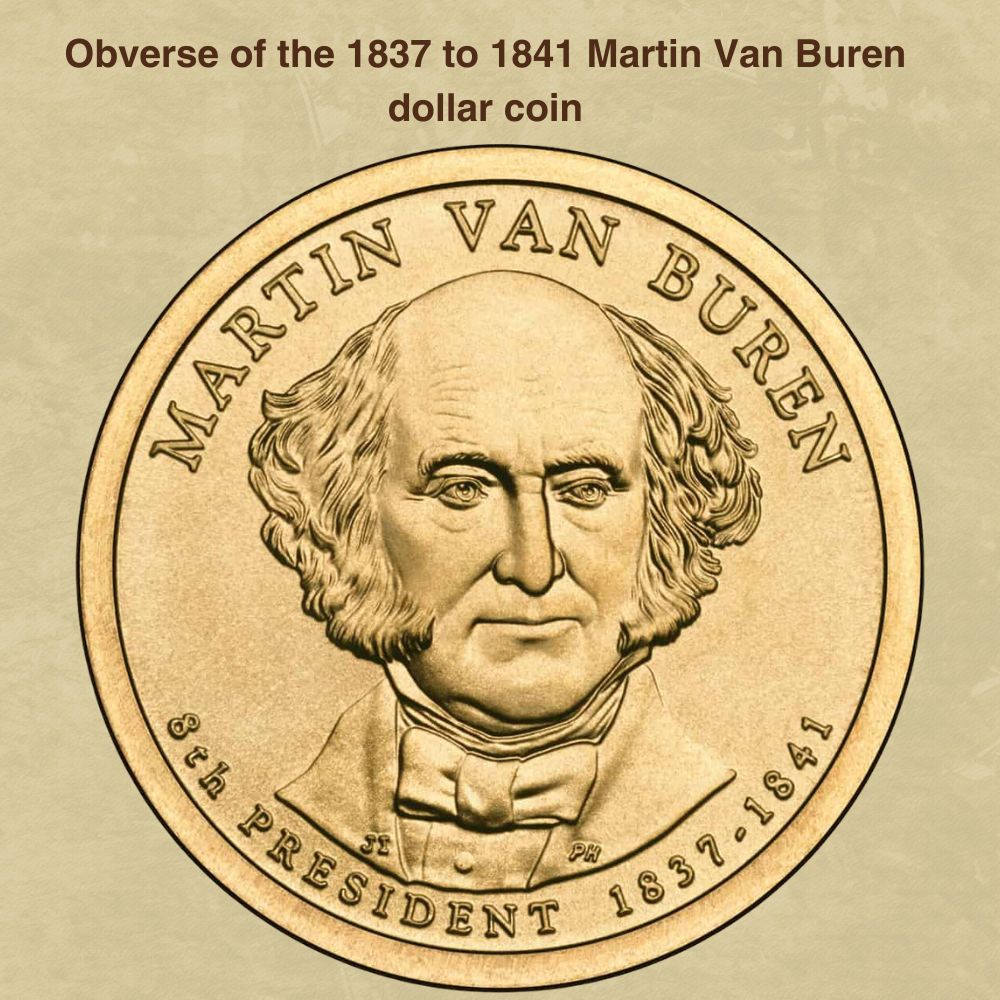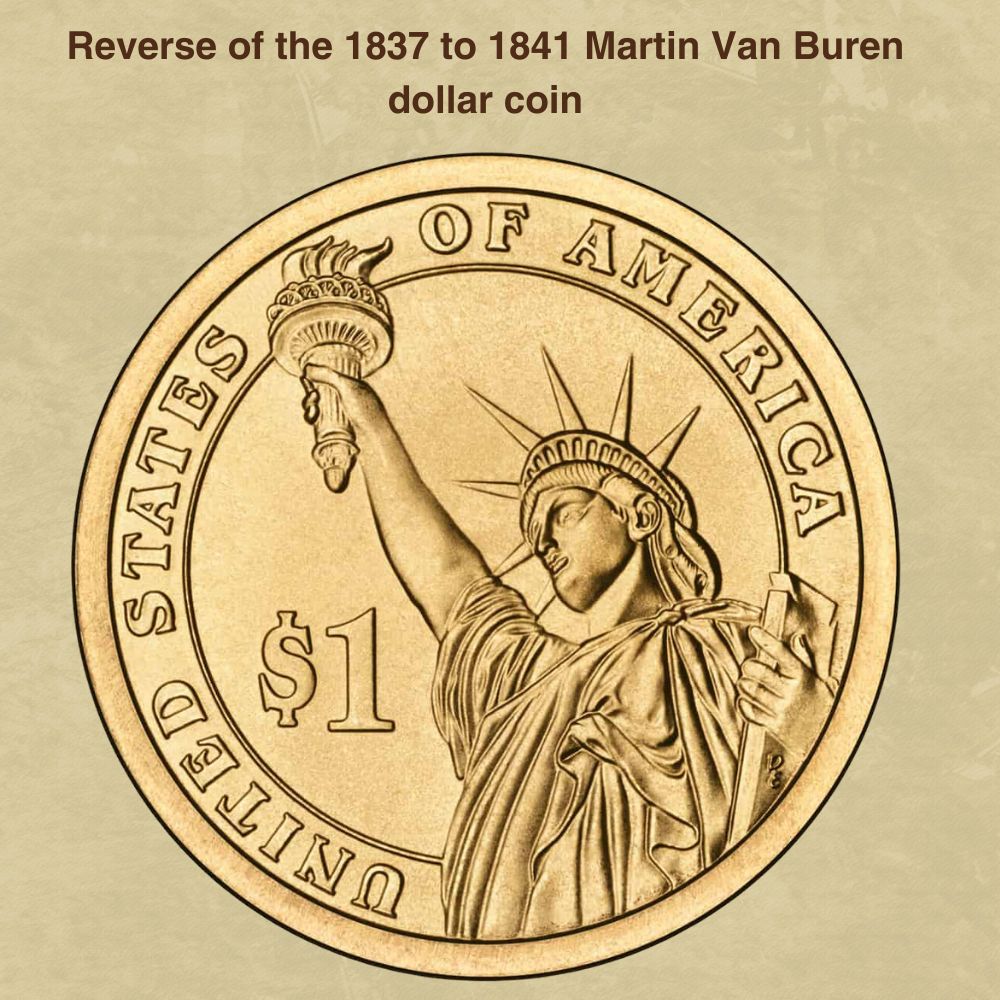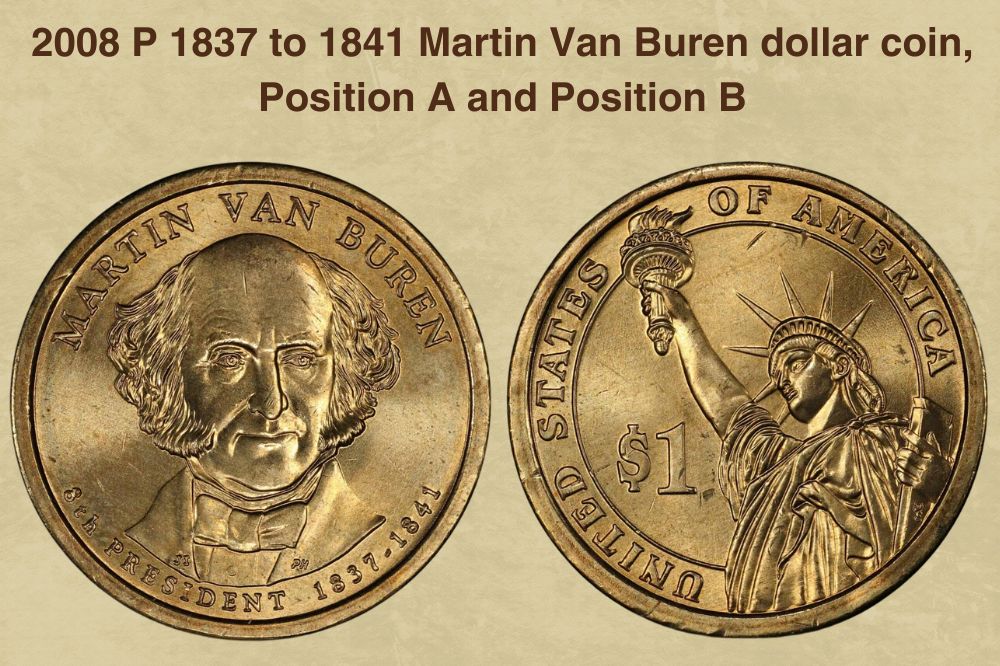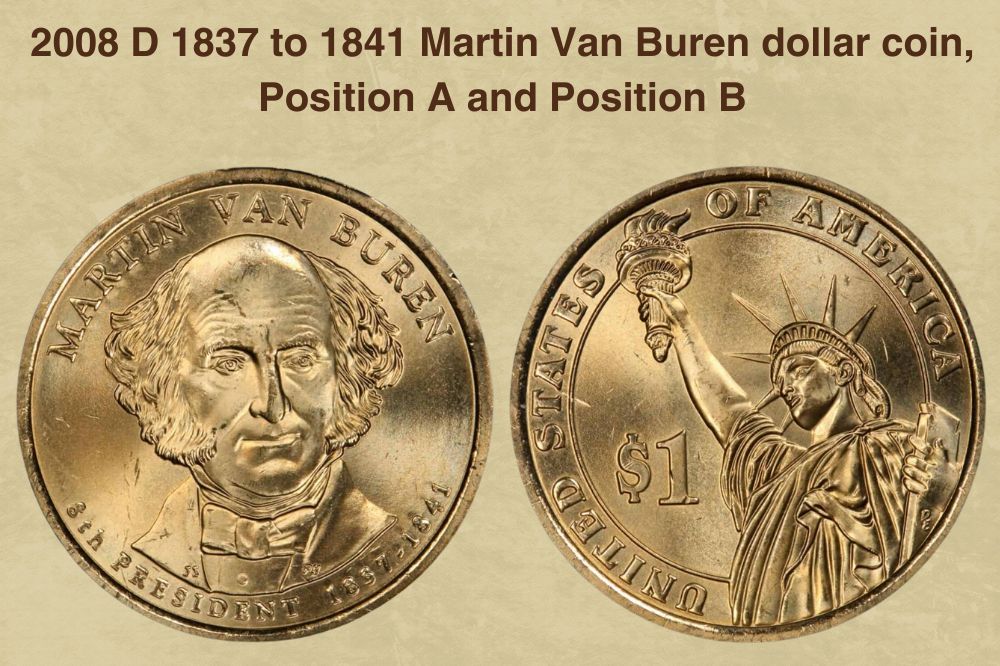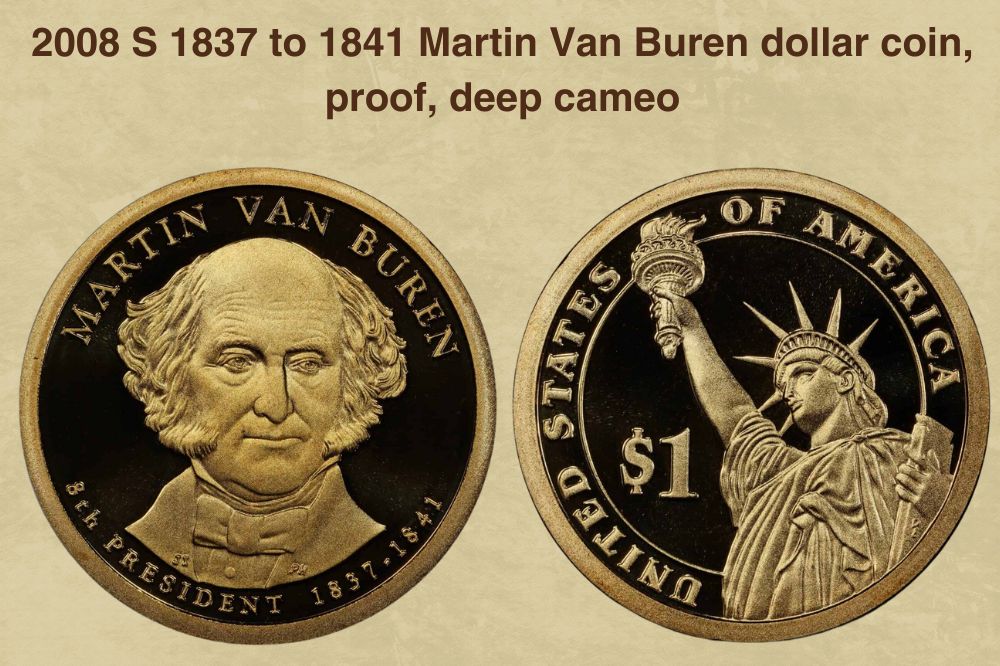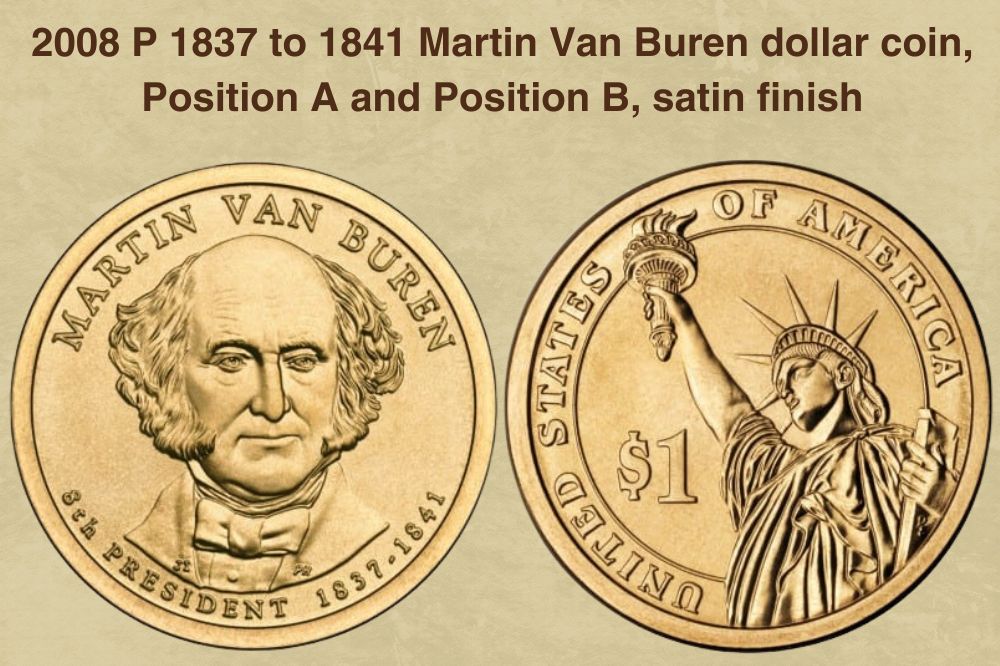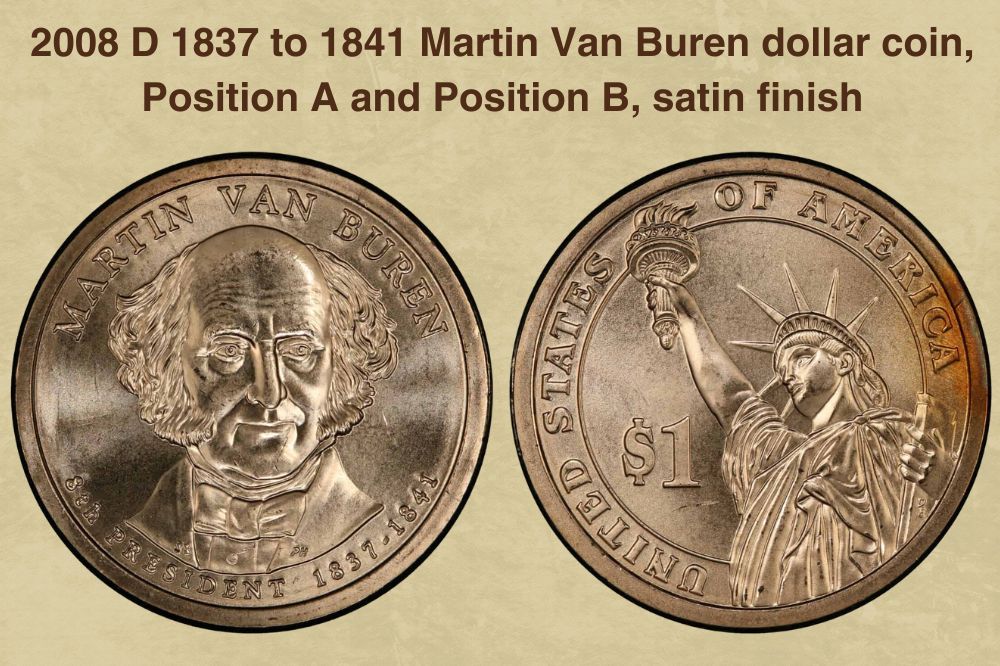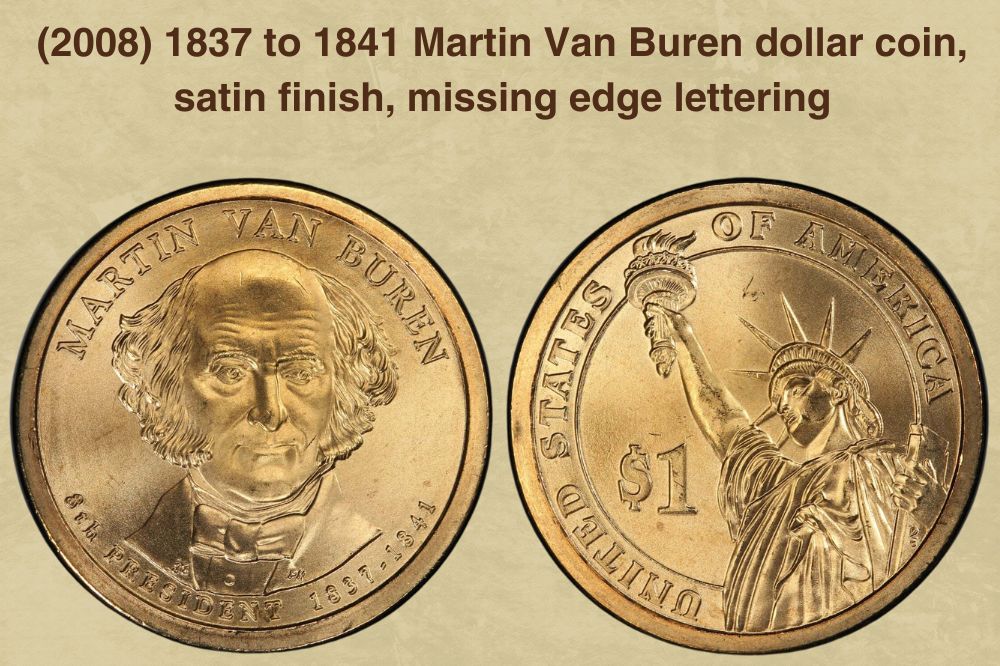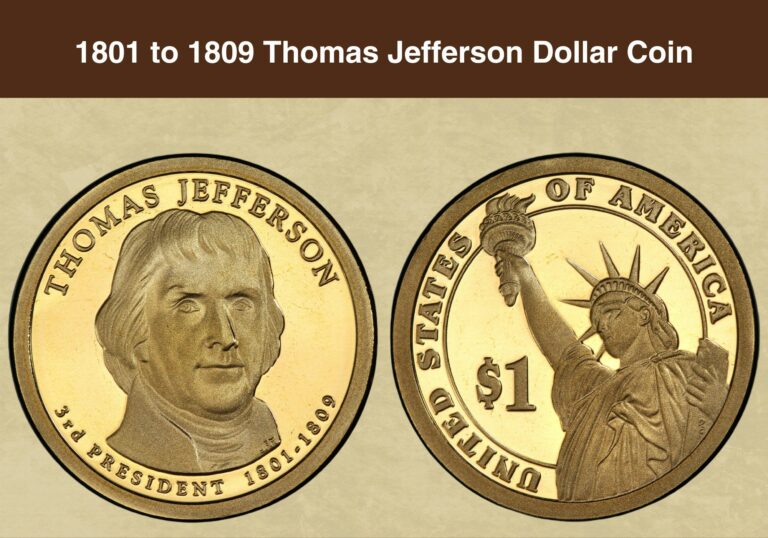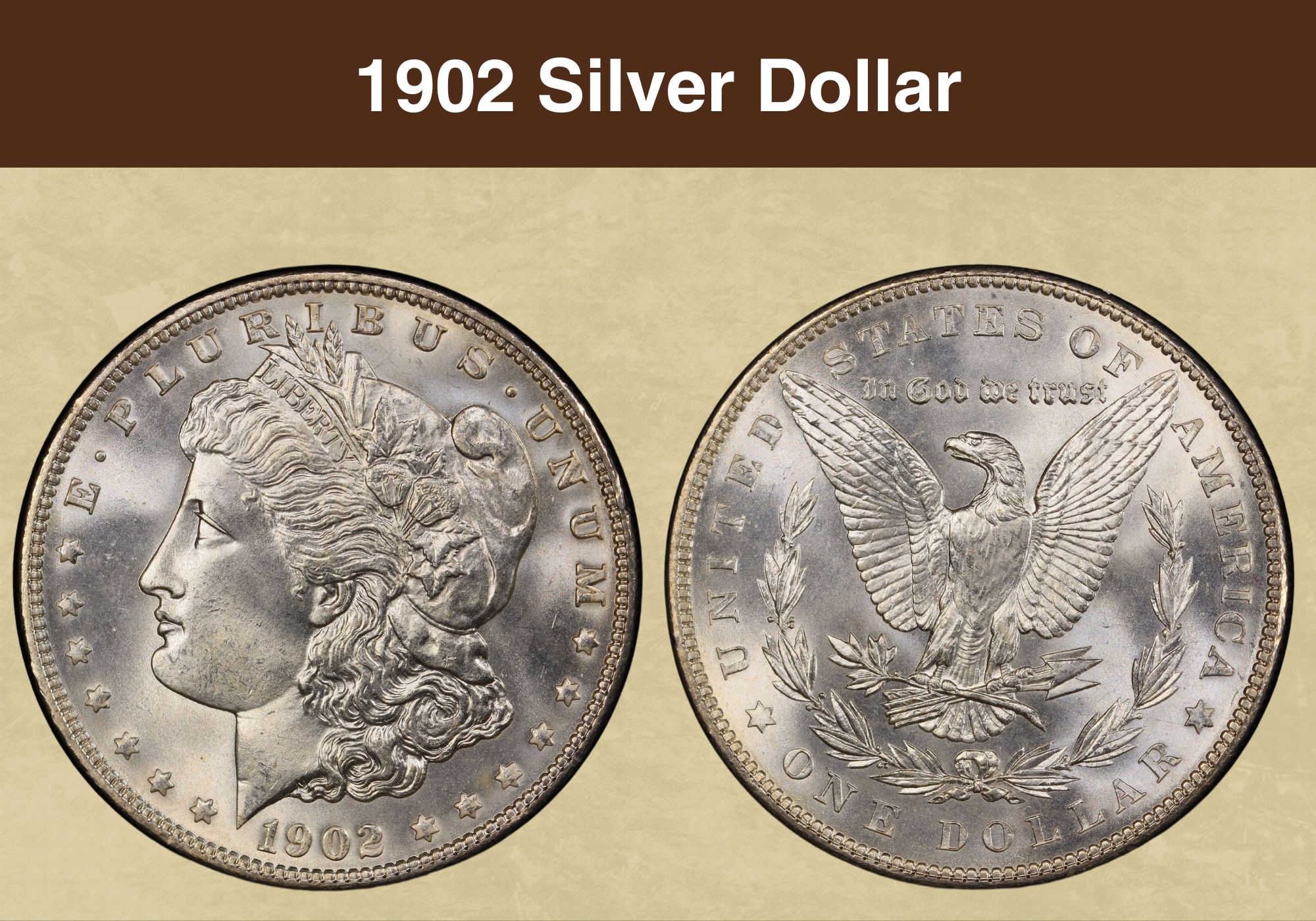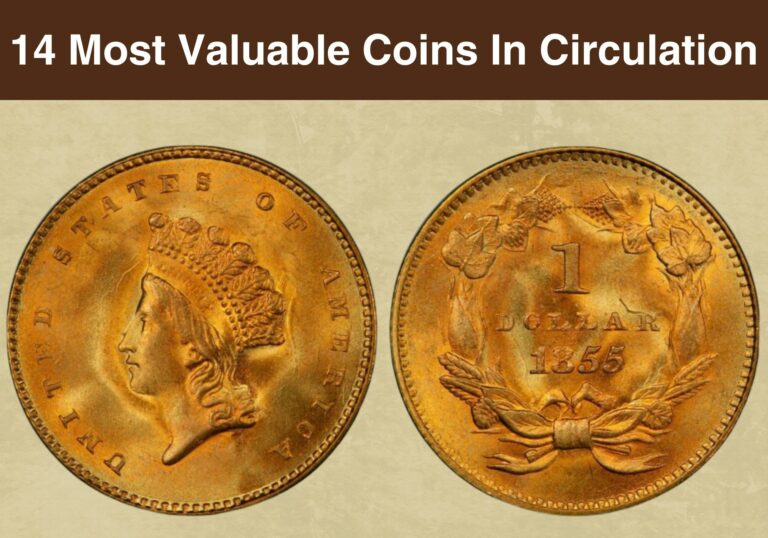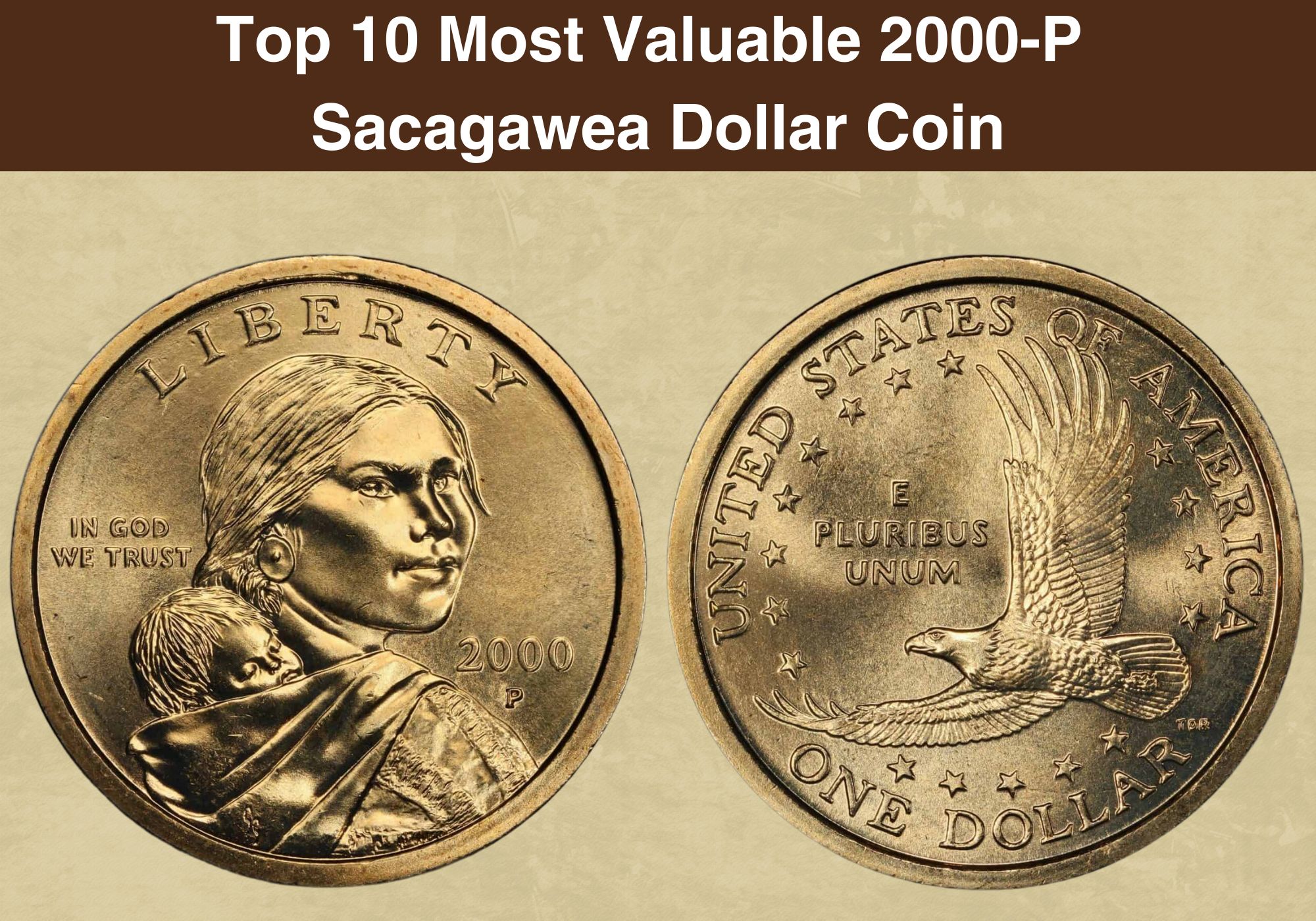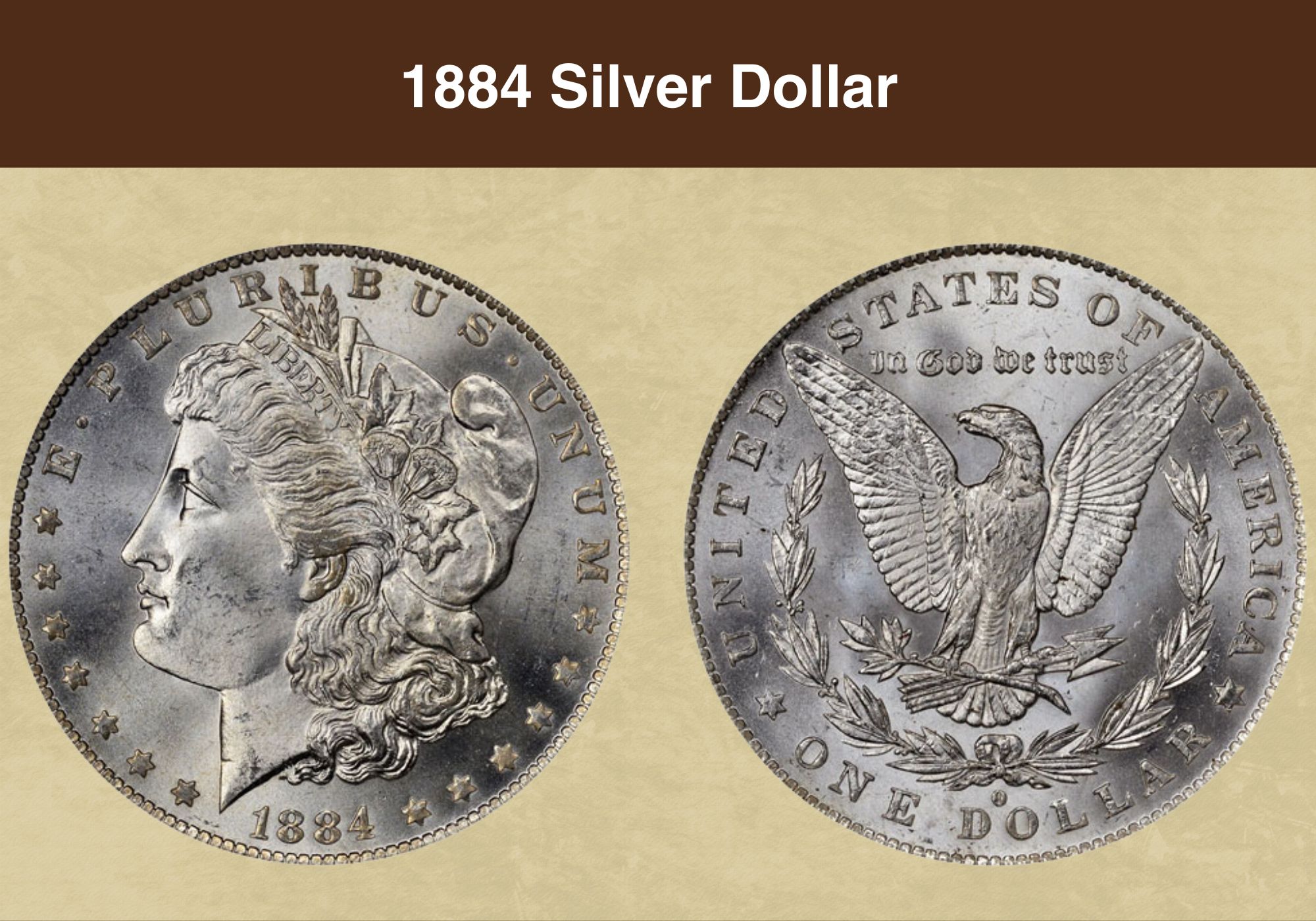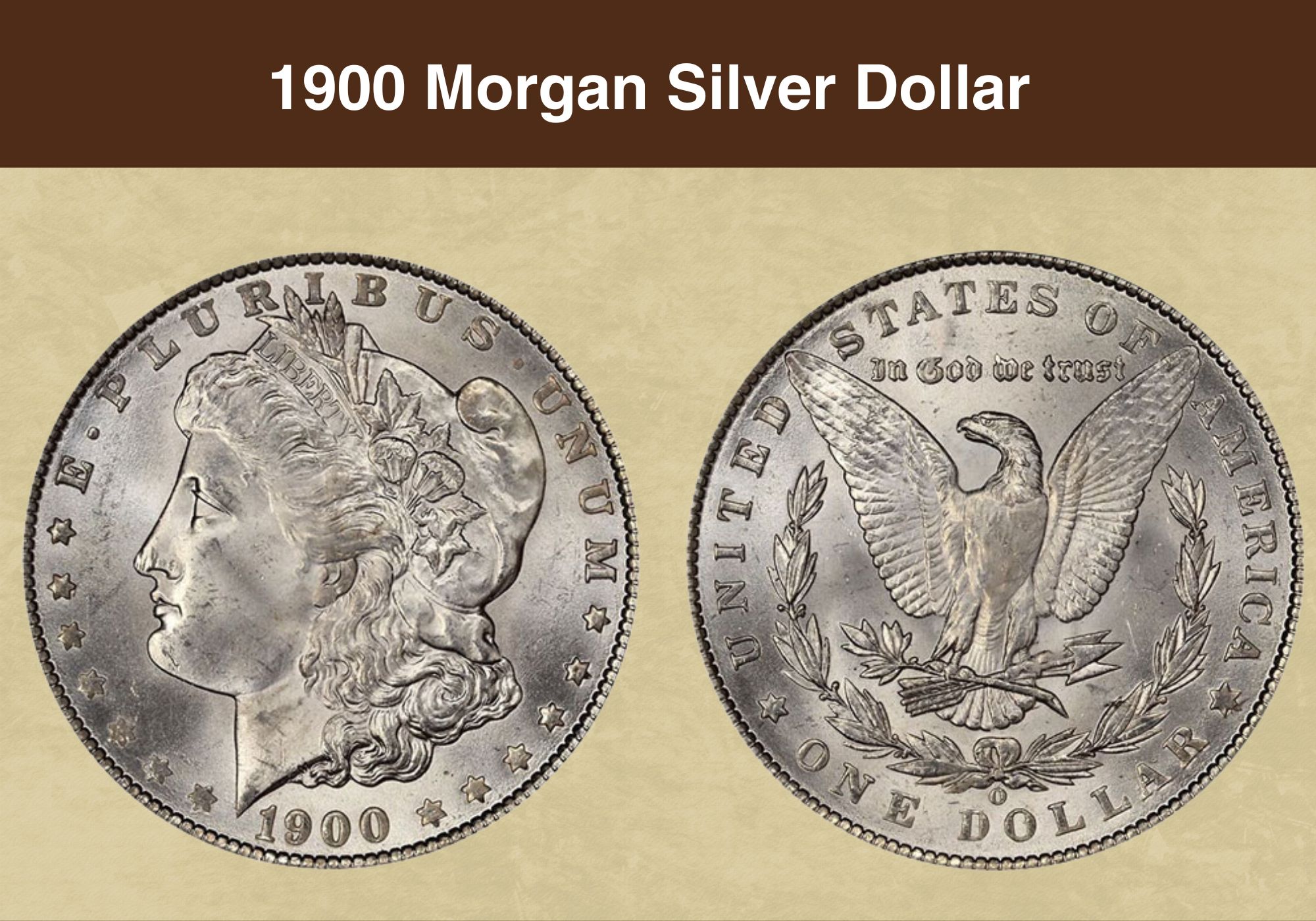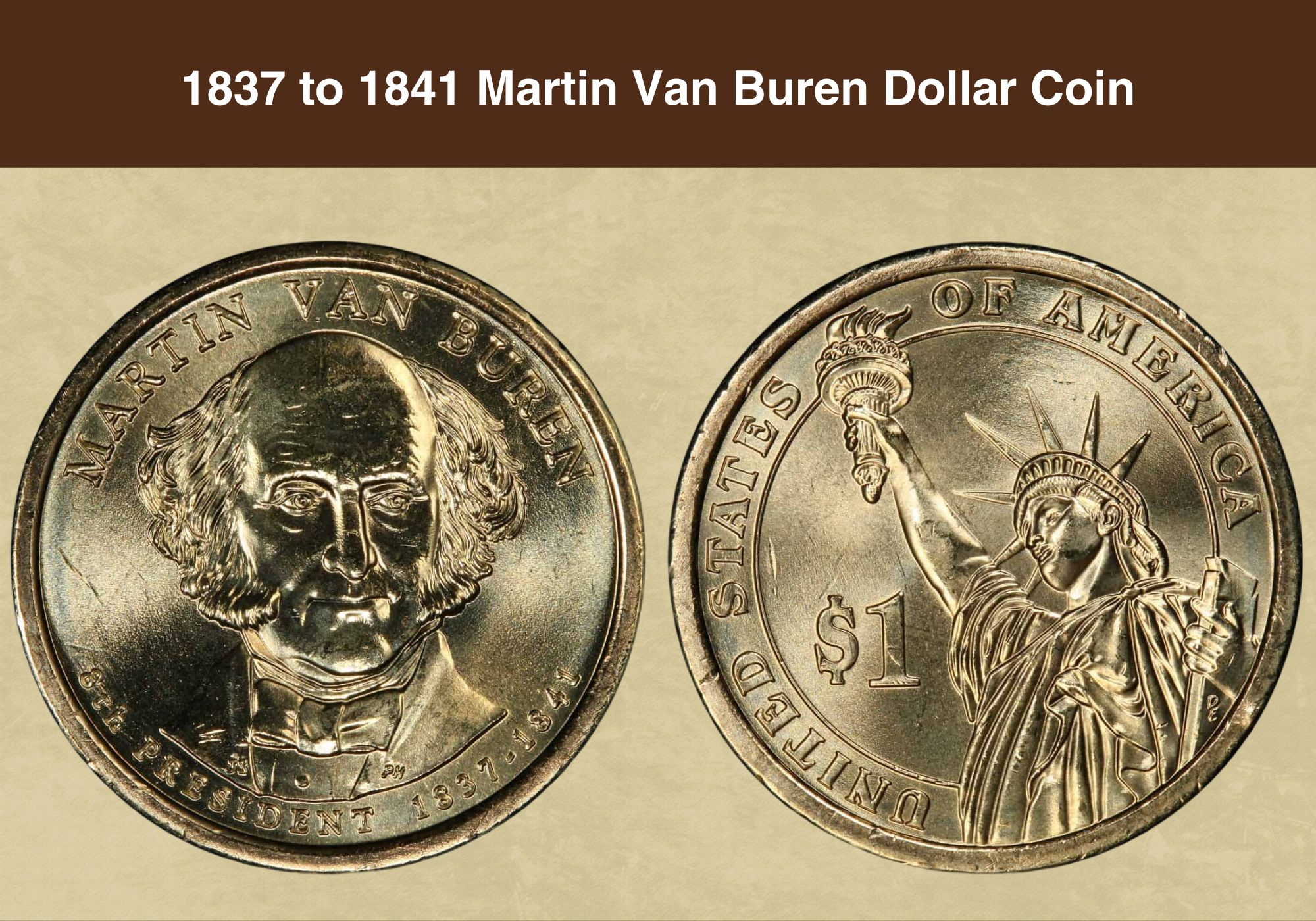
Coin Value Contents Table
- 1837 to 1841 Martin Van Buren $1 Coin Value Chart
- History of the 1837 to 1841 Martin Van Buren dollar coin
- Features of the 1837 to 1841 Martin Van Buren dollar coin
- 1837 to 1841 Martin Van Buren dollar coin value guides
- 1837 to 1841 Martin Van Buren dollar coin error
- Where to Sell Your 1837 to 1841 Martin Van Buren dollar ?
- FAQs
Martin Van Buren was the eighth President of the USA, serving from 1837 to 1841. And he’s commemorated on a dollar coin issued in 2008.
But if you have one of these dollars, could it be valuable?
We’re going to tell you everything you need to know to answer that question! We’ll look at what affects the 1837 to 1841 Martin Van Buren dollar coin value. And we’ll investigate the range of values estimated by independent coin graders, as well as the prices achieved at auction.
Ready to find out more? Step this way …
1837 to 1841 Martin Van Buren $1 Coin Value Chart |
|||||
| Type | Circulated | MS60 | MS65 | MS66 | MS67 |
| 2008 P 1837 to 1841 Martin Van Buren Dollar Coin, Position A Value | $1 | $3 | $7 | $12 | $80 |
| 2008 P 1837 to 1841 Martin Van Buren Dollar Coin, Position B Value | $1 | $3 | $7 | $12 | $55 |
| 2008 D 1837 to 1841 Martin Van Buren Dollar Coin, Position A Value | $1 | $3 | $7 | $12 | n/a |
| 2008 D 1837 to 1841 Martin Van Buren Dollar Coin, Position B Value | $1 | $3 | $7 | $12 | $300 |
| PR60 | PR63 | PR68 | PR69 | PR70 | |
| 2008 S 1837 to 1841 Martin Van Buren Dollar Coin, Proof, Deep Cameo Value | $1 | $3 | $5 | $12 | $30 |
| SP60 | SP63 | SP65 | SP68 | SP69 | |
| 2008 P 1837 to 1841 Martin Van Buren Dollar Coin, Position A, Satin Finish Value | $3 | $4 | $5 | $12 | $300 |
| 2008 P 1837 to 1841 Martin Van Buren Dollar Coin, Position B, Satin Finish Value | $3 | $4 | $5 | $12 | $65 |
| 2008 D 1837 to 1841 Martin Van Buren Dollar Coin, Position A Satin Finish Value | $3 | $4 | $5 | $12 | $90 |
| 2008 D 1837 to 1841 Martin Van Buren Dollar Coin, Position B, Satin Finish Value | $3 | $4 | $5 | $12 | $575 |
History of the 1837 to 1841 Martin Van Buren dollar coin
In 2007, the US Mint launched a series of new dollar coins honoring the nation’s presidents. To qualify for a coin, the individual had to have died at least two years before it was minted.
The coins were issued in the order of the presidencies. As the eighth president, then, the Martin Van Buren dollar was the eighth in the series. It was issued in November 2008, and new coins continued to be issued for three months.
The mintage of business strike coins – those intended for circulation – was over 102 million. The coins were struck at the Mint facilities in Denver and Philadelphia, with Philadelphia producing just over half of the total. The San Francisco Mint also produced proof coins for collectors.
An unusual element of the design was the use of edge lettering. Edge lettering had first been used in the nineteenth century. But it had been over 70 years since it had last featured on a US coin.
The approach caused some problems with production too. Throughout the Presidential dollar series, a small number of coins were produced with absent, weak or partial edge lettering. These have since become highly collectable.
The Matin Van Buren dollar coins weren’t the only dollar coin design issued in 2008. Coins featuring James Monroe, John Quincy Adams and Andrew Jackson were issued earlier the same year. And Sacagawea dollars were produced too.
The Mint also produced a companion set of “First Spouse” dollars. Martin Van Buren, however, was unmarried, so his partner coin instead featured an image of Lady Liberty on its obverse.
Also read: 12 Most Valuable One-Dollar Coin Worth Money
Features of the 1837 to 1841 Martin Van Buren dollar coin
Obverse of the 1837 to 1841 Martin Van Buren dollar coin
As with all the dollar coins in the Presidential series, the Martin Van Buren dollar featured the President’s image on the obverse. His head and the top of his shoulders are shown, and he looks slightly to the left.
The image was the work of Joel Iskowitz. Iskowitz is an American artist who has also designed stamps and medals, and has illustrated books.
Van Buren’s name is inscribed above his portrait. Beneath it is in the inscription “8th President” and, after a small gap, “1847 to 1851”. The dates refer to his years of office.
Reverse of the 1837 to 1841 Martin Van Buren dollar coin
The reverse of the Martin Van Buren dollar coin is the same as that used on the rest of the Presidential series.
It shows the Statue of Liberty as viewed from below. Her right arm extends through the center of the image, focusing the viewer’s attention on her torch. A symbol of American confidence, the work is officially titled “Liberty Enlightening the World”.
Circling around the design is the name of the country. The denomination appears in the gap below Liberty’s outstretched arm. All the lettering is in ITC Benguiat font.
Other features of the 1837 to 1841 Martin Van Buren dollar coin
Just like the rest of the Presidential dollars, the Martin Van Buren dollar is an attractive pale gold color. The core of the coin is copper, but the color comes from the cladding. That’s an alloy of copper, zinc, manganese, and nickel.
The coins measure 26.5 millimeters in diameter (just over an inch) and weigh 8.1 grams.
Unusually, the coin edges are inscribed with lettering. They bear the mint mark, the year of issue, 13 stars, and the mottos “E pluribus unum” and “In God We Trust”. The latter was moved to the obverse for coins in the series dated from 2009 onwards.
This YouTube video from Big D Coins looks in detail at the features of the Van Buren dollar coin.
Also read: 14 Most Valuable Coins In Circulation
1837 to 1841 Martin Van Buren dollar coin value guides
2008 P 1837 to 1841 Martin Van Buren dollar coin, Position A and Position B value
The earlier years of the Presidential dollar coin series saw the highest mintages. Issued in the second year of the series, almost 102.5 million Van Buren dollars were struck. And 51,520,000 of those came out of the coin presses at Philadelphia.
They can be identified by their mint mark, an upper case “P” which appears on the coin edge. The vast majority of coins on the market have been circulated and are worth only their face value. And even mint state coins can be purchased at most grades for just a few dollars.
The finest examples known to exist are graded MS67, three points off a flawless coin. If you have one of these it will be worth more. But exactly how much more depends on whether it’s a Position A or a Position B coin.
Those terms refer to the orientation of the inscriptions on the coin edge. If those are upside down when the President’s portrait is face up, it’s a Position A coin. If they’re the right way up when the coin is facing the same way, it’s Position B.
The PCGS, an independent firm of coin graders, estimates the value of a dollar graded MS67 at $80. Position B examples are slightly easier to come by, and are valued at about $55.
2008 D 1837 to 1841 Martin Van Buren dollar coin, Position A and Position B value
At most grades, the values of Martin Van Buren dollars are about the same as their Philadelphia counterparts. Circulated coins are worth only their face value. And coins at the lower mint state grades are worth just $3 or $4.
Even a gem quality coin graded MS65 is worth only about $7. (The exceptions to all these values are error coins, which can be worth significantly more. We’ll look at those shortly.)
The quality of the known examples of Denver Van Buren dollars certified by the PCGS tops out at MS67. The PCGS estimates the value of a Position B dollar graded MS67 at $300, but gives no estimate for a Position A example.
Another grading service, the NGC, has assessed nine Denver Position A Van Buren dollars at MS69. One of these changed hands via eBay in 2022, selling for $239.
2008 S 1837 to 1841 Martin Van Buren dollar coin, proof, deep cameo value
In addition to the business strikes intended for circulation, over 3 million proof Van Buren dollars were issued in 2008. These were minted at San Francisco and bear the “S” mint mark on their edge.
They were made using specially prepared dies and planchets to produce high quality strikes and glossy finishes. They were aimed at collectors and, as a result, most have been stored carefully and remain in good condition today.
Their ready availability means that prices for even the best examples are low. A PR60 coin – the lowest uncirculated grade – is worth only its face value. And a flawless PR70 specimen can be bought for around $30.
2008 P 1837 to 1841 Martin Van Buren dollar coin, Position A and Position B, satin finish value
In addition to the proof coins, the Mint produced Special Mint Sets targeted at collectors. These “special strike” coins were minted at Denver and Philadelphia, and marked with mint marks in the usual way. But they differed from standard dollar coins with their attractive satin finish.
The coin edge inscriptions of coins from both facilities may be orientated one of two ways. And just as with the business strikes, these are categorized as Position A and Position B.
745,464 satin finish Van Buren dollars were struck in Philadelphia, the same number as in Denver. And today, they’re all worth more than their face value.
At lower uncirculated grades, their value remains modest. A Philadelphia coin graded SP60 will be worth about $3, while one graded SP65 will be worth a couple of dollars more.
It’s not until SP69 that values for the two variants diverge. A Position A example at that grade is valued by the PCGS at $300, while a Position B version is just $65.
2008 D 1837 to 1841 Martin Van Buren dollar coin, Position A and Position B, satin finish value
Just as with the Philadelphia special strike dollars, those minted in Denver may be either Position A or Position B. And at all but the very highest grades, the values of both variants – and both mint marks – are the same.
A Denver satin finish coin graded SP60 is worth about $3, with values rising gradually to $12 for an SP68 example. But again, quality tops out at SP69 – and values for coins at that level jump significantly.
A Denver Van Buren dollar graded SP69 will be worth $90 if it’s a Position A example. But if the edge lettering is the other way up, it will be much more valuable – about $575.
Also read: Top 10 Most Valuable Morgan Silver Dollar Worth Money
1837 to 1841 Martin Van Buren dollar coin error
(2008) 1837 to 1841 Martin Van Buren dollar coin, satin finish, missing edge lettering
The Mint faced recurring problems with inscribing the edges of its Presidential dollar coins. As a result, a small number were issued with the lettering absent. And amongst those were Van Buren dollars.
The edge lettering should have been applied by a device called a Schuler edge lettering machine. But some of the satin finish coins missed this part of the process and have plain edges as a result. And without a mint mark, it’s impossible to say whether they were struck in Denver or Philadelphia.
The value of one of these error coins depends on its quality and condition. An example graded SP60 is valued by the PCGS at $22. That rises to $80 at SP65, and $250 at SP67.
But the finest known examples are graded SP68. The PCGS has certified almost 50 of those, and values them at $400 apiece.
You can see an example of a Martin Van Buren dollar with missing edge lettering in this YouTube video from Isaac G. Abarca.
2008 P 1837 to 1841 Martin Van Buren, Position A, weak edge lettering
The edge lettering problems didn’t always result in the coins missing the Schuler machine entirely. Sometimes the strike was simply weak. And that was the case for some of the Van Buren dollars struck in Philadelphia, with the lettering in Position A.
Values for these start at about $20 for an example graded SP63. The finest known coins with this error are graded SP66, and are valued by the PCGS at around $200.
Where to Sell Your 1837 to 1841 Martin Van Buren dollar ?
Now that you know the value of your coins, do you know where to sell those coins online easily? Don’t worry, I’ve compiled a list of these sites, including their introduction, pros, and cons.
Check out now: Best Places To Sell Coins Online (Pros & Cons)
FAQs
How much is a dollar coin from 1841 worth?
The dollar coins issued in 1841 feature the image of a seated Lady Liberty on the reverse. If your coin has the image of a Statue of Liberty instead, it’s one of the later Presidential dollar coin series. Another giveaway of the modern coins is that they’re gold in color, not silver.
If you have a gold-colored coin, the date refers to the term of office of the relevant President. The presidency changed hands in 1841, so this could be either Martin Van Buren or William Henry Harrison. Look for the name above the portrait on the obverse.
If your dollar coin really does date from 1841, it could be worth anything from $300 upwards. And the finest quality example, graded MS65+ by the PCGS, is currently valued at a whopping $125,000.
Is the Martin Van Buren dollar coin worth anything?
The modern coins featuring Martin Van Buren have much more modest values. Circulated coins are worth only a dollar, and even mint state examples at most grades don’t exceed $10.
But if you have a coin with an interesting error, or a high quality “best in class” example, it will be worth much more. Prices can reach many hundreds of dollars for collectable coins.

